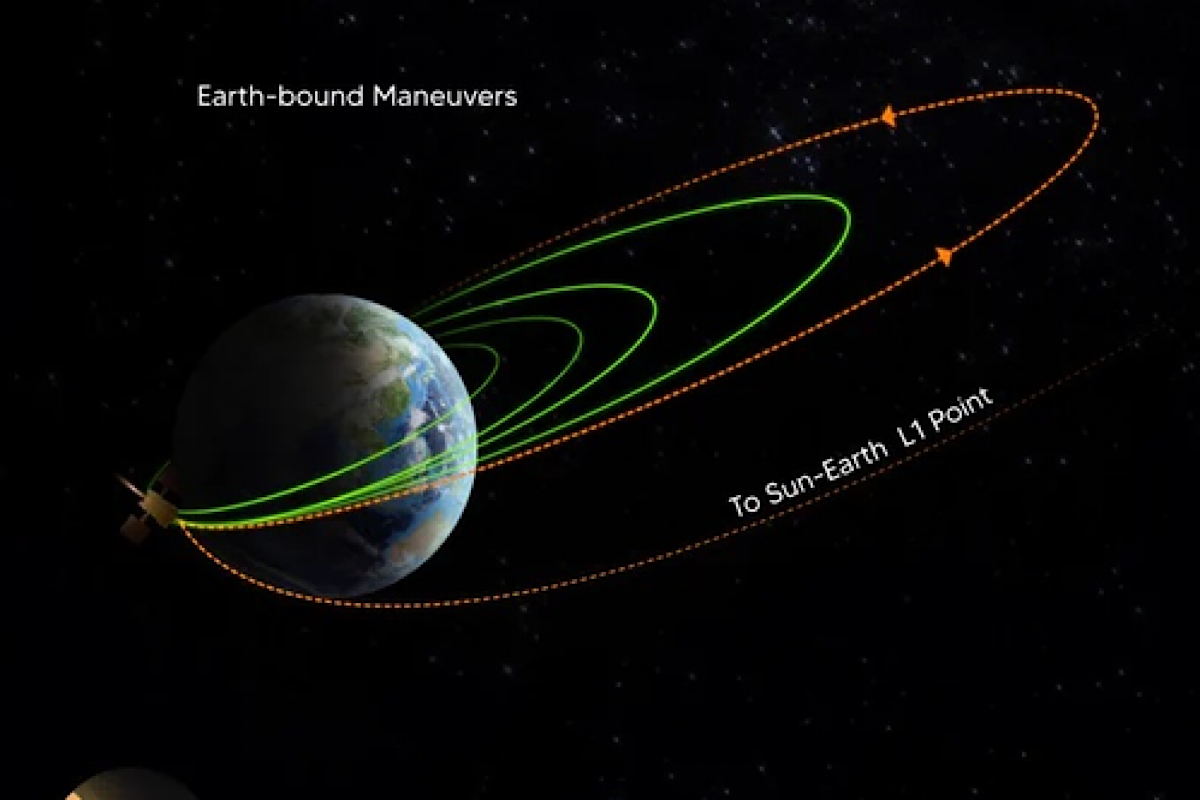India’s maiden solar mission, Aditya-L1, has achieved a remarkable milestone by capturing vital data on coronal mass ejections (CMEs), opening new frontiers in space weather prediction. This scientific breakthrough is not just a testament to India’s growing prowess in space exploration but also a significant contribution to global efforts in safeguarding critical infrastructure from solar disruptions.
The Sun, our life-sustaining star, is also a for midable force capable of unleashing immense energy bursts. CMEs, massive eruptions from the Sun’s outer corona, travel at blistering speeds of up to 3,000 km/s, carrying charged particles that can disrupt satellites, knock out power grids, and interfere with communication networks. With the global economy increasingly dependent on space-based systems, understanding and predicting these phenomena have become an urgent necessity. Aditya-L1’s key instrument, the Visible Emission Line Coronagraph (Velc), has set a new benchmark by observing the precise genesis of a CME. Unlike other solar missions, Velc’s ability to monitor the Sun’s outer corona uninterruptedly offers unparalleled insights into CME trajectories.
Advertisement
This break through allows scientists to predict whether these solar storms pose a threat to Earth, enabling timely counter meapsures to protect vulnerable systems. The potential implications are transformative. Solar storms have a history of causing widespread disruptions, from the 1859 Carrington Event that crippled global telegraph systems to a 1989 CME that left millions in Quebec without power. In our hyper-connected world, such events could trigger chaos on a much larger scale, affecting communication satellites, navigation systems, and power grids. By providing early warnings, Aditya-L1’s observations empower governments and industries to minimise these risks, ensuring the resilience of critical infrastructure. Moreover, this mission exemplifies how international collaboration and data sharing in space science can drive global preparedness against solar threats. By contributing to a shared pool of knowledge, India’s advancements with Aditya-L1 can help create a worldwide early-warning system, ensuring that humanity stands united in the face of cosmic challenges.
Aditya-L1’s success also underscores In dia’s emergence as a key player in global space science. Operating from its strategic position at Lagrange Point 1, the mission complements existing ground-based observatories in India, creating a robust framework for solar observation. Its data will not only enhance national capabilities but also contribute to the global understanding of space weather dynamics. This achievement reflects a broader vision: the democratisation of space science. India’s relatively cost-effective approach demonstrates how emerging nations can make meaningful contributions to addressing challenges that transcend borders. By joining the select group of nations with solar observation capabilities, India strengthens the collective ability to predict and mitigate space weather impacts.
As the world grapples with growing technological vulnerabilities, Aditya-L1’s findings are a timely reminder of the importance of investing in scientific research. Beyond technological benefits, such missions inspire a sense of collective responsibility for planetary well-being. Aditya-L1 is more than a technological triumph; it is a beacon of hope in humanity’s quest to coexist with the forces of the univers









